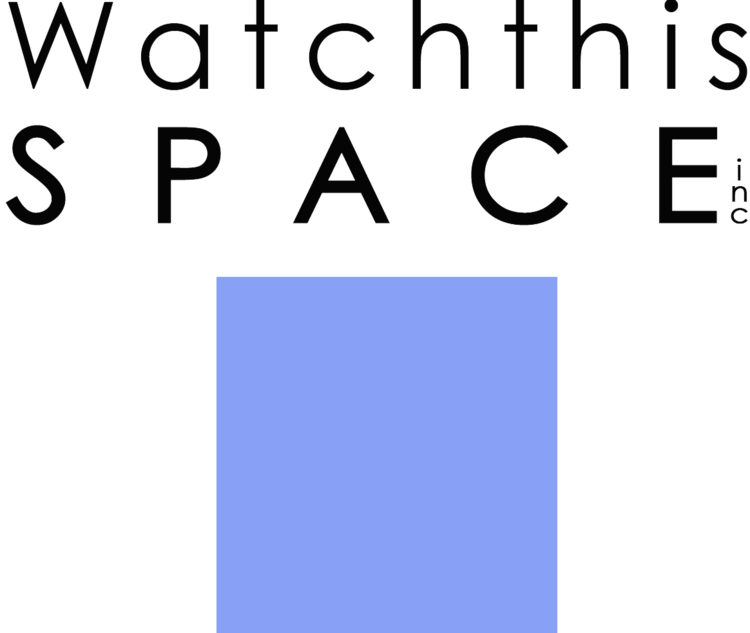heat island
Beth Sometimes
EXHIBITION
Coles Carpark Alice Springs first carved itself more fully into the position of site in my consciousness around 2008, when a woman collapsed on the road in front of my suddenly decelerating vehicle and I tried to give her a ride home. After visits to multiple town camps and her reticence to disembark I asked her again where she was stopping and she said “Coles”. This bitumened site loosened in my imaginary, reconstituted as a fresh image, knowing that this woman was calling it ngura/home for this hot minute. The stage for so much of the town’s drama laid bare, the carpark bustles with a panorama of players, wild energy circulating – a slow moving altercation thickens the air. In 2016 I spent a week in the carpark getting to know it a little better; watching, not watching, not shopping, drawing, writing, being this body in that space. This work for heat island is a first attempt to make material some of the sensations generated via my relation to the carpark, perhaps add something to the world’s experience of the site. Through the making I have been thinking about how security is deployed/sensed/enacted; about various concepts of the sacred and defacement in the fresh chaos of settler-capitalist land tenure structures, about labour and value, about conceit.
OPENING
6pm, Friday 12th April
EXHIBITION
12th April - 3rd May 2019
TALK
6-8pm, Thursday 25th April
ARTIST BIO
Beth Sometimes is a Pakeha artist from Aotearoa whose creative practice is wrapped up with and spoken to by her work as an interpreter, translator and labourer for the potential of languages to rearrange relations with land and people. Most of what she does attempts or hints toward new spaces of responsibility within settler-capitalism. Lately she has primarily been working in social spaces but, for heat island, is humbly re-engaging with a material practice and its poetic potential.
TALK
THURSDAY 25TH APRIL, 6PM
Material Contracts | Rocks Modern Life
Beth Sometimes
Therese Ryder
Helena Buzzacott
Lorrayne Gorey
Elliat Rich & James Young (Elbow Workshop)
Mel Robson
Watch This Space presents an evening discussion revolving around the ethical considerations of using materials - particularly stone and rock - in creative and daily practices. It brings local Arrernte custodians into the conversation. The conversation will touch on art’s possibilities to perform/enact new relationships and models of use in a time where the extractive approach of the industrial age must be radically descaled.
The discussion will be situated amongst Beth Sometimes’ heat island exhibition, marking the near-closing of this show, and will include a presentation of Strata Stratum Stratus and a screening of Ŋambi - (descriptions below).
Strata Stratum Stratus is a work published by Elliat Rich and James Young (Elbow Workshop) via The Supply Chain, a curated exhibition at Sophie Gannon Gallery as part of the NGVs Design Week events. Current supply chains function on a foundation of invisible and often contested power held by those who have access and/or rights over land and its resources. As raw materials flow from origin to market along complex routes this power is often imposed and not without consequences. Strata Stratum Stratus seeks to reveal the power structures in relation to one material, in one place at a moment in time. By remaining in-situ, to be bought but never truly possessed, this sandstone work draws into focus layers of significance that are too-often ignored or overlooked, returning agency to the place, the rock, existing value systems and our presence in the landscape. Elliat Rich and James Young show this work for one evening in conjunction with ‘heat island’ and the conversations that disturbing the substrate (power structures) triggers.
Ŋambi is part of the sacred law for Wägilak people in southern Arnhem Land, NT, and it is found at their home country called Ŋilipitji. Ŋambi was very important for the Yolŋu economy and was a valuable trade item that spread across the land. It is part of the sacred law for Wägilak people, and the story is central to the lives of dozens of clans and communities across Arnhem Land and beyond. The Djuŋgaya (managers) were experts at handling Ŋambi. They would sing the correct songs to help the stone split cleanly, and without shards injuring the craftsman. It was used to make very effective spears for hunting and the shards were used in initiation ceremonies. Roy Wuyŋumbi Ashley, the custodian of the Songline for Ŋambi and Ŋilipitji, shares an all-encompassing story of identity, culture and law that only he can tell. Source: Ŋambi (Film) - Creative Spirits.


